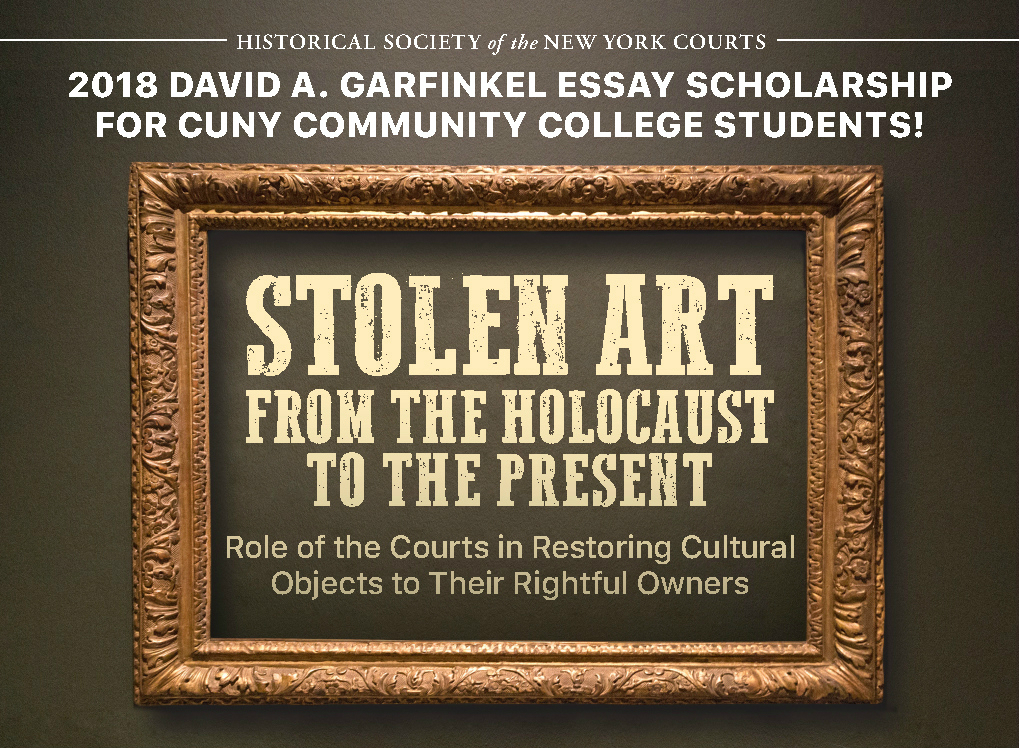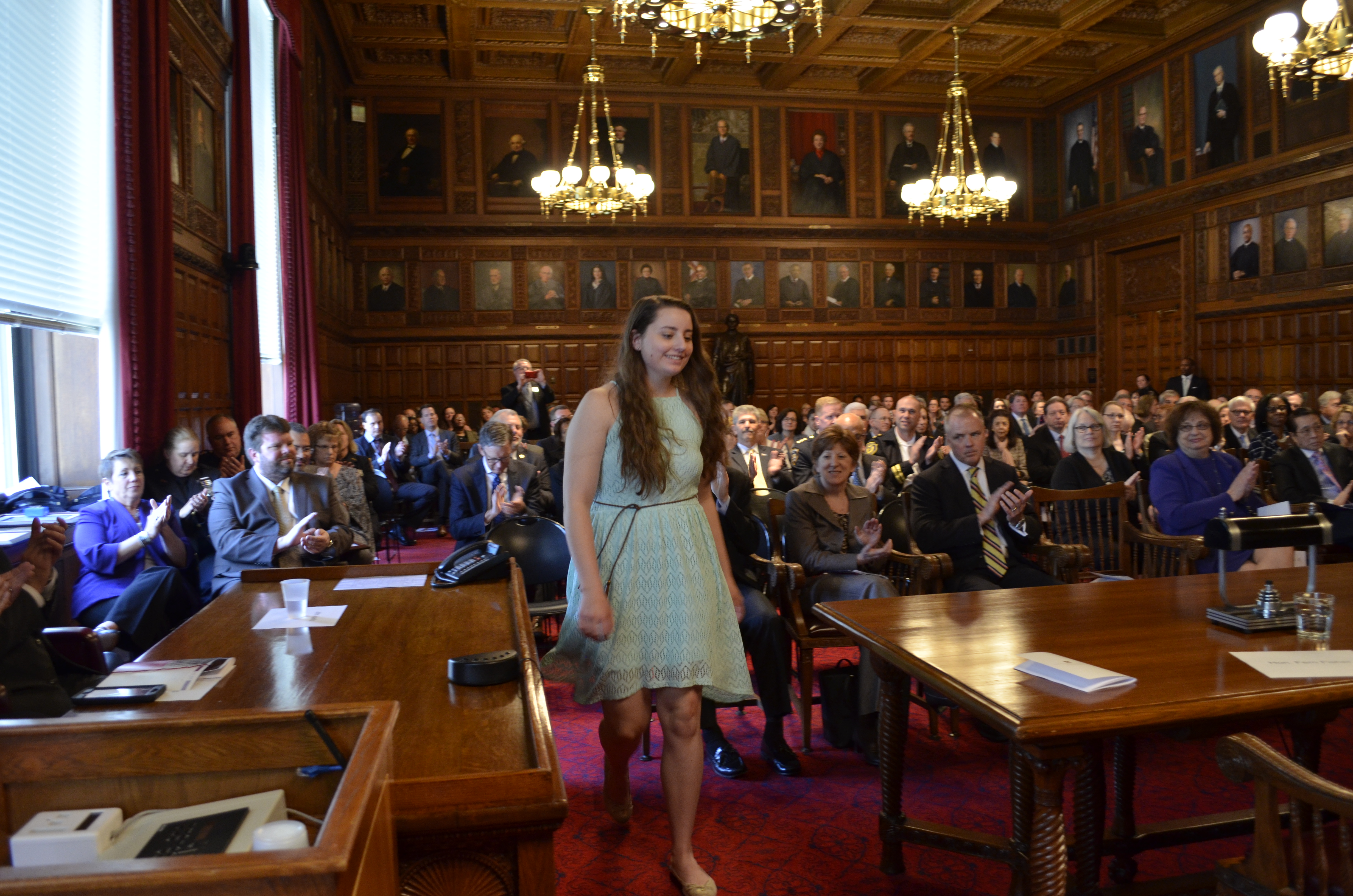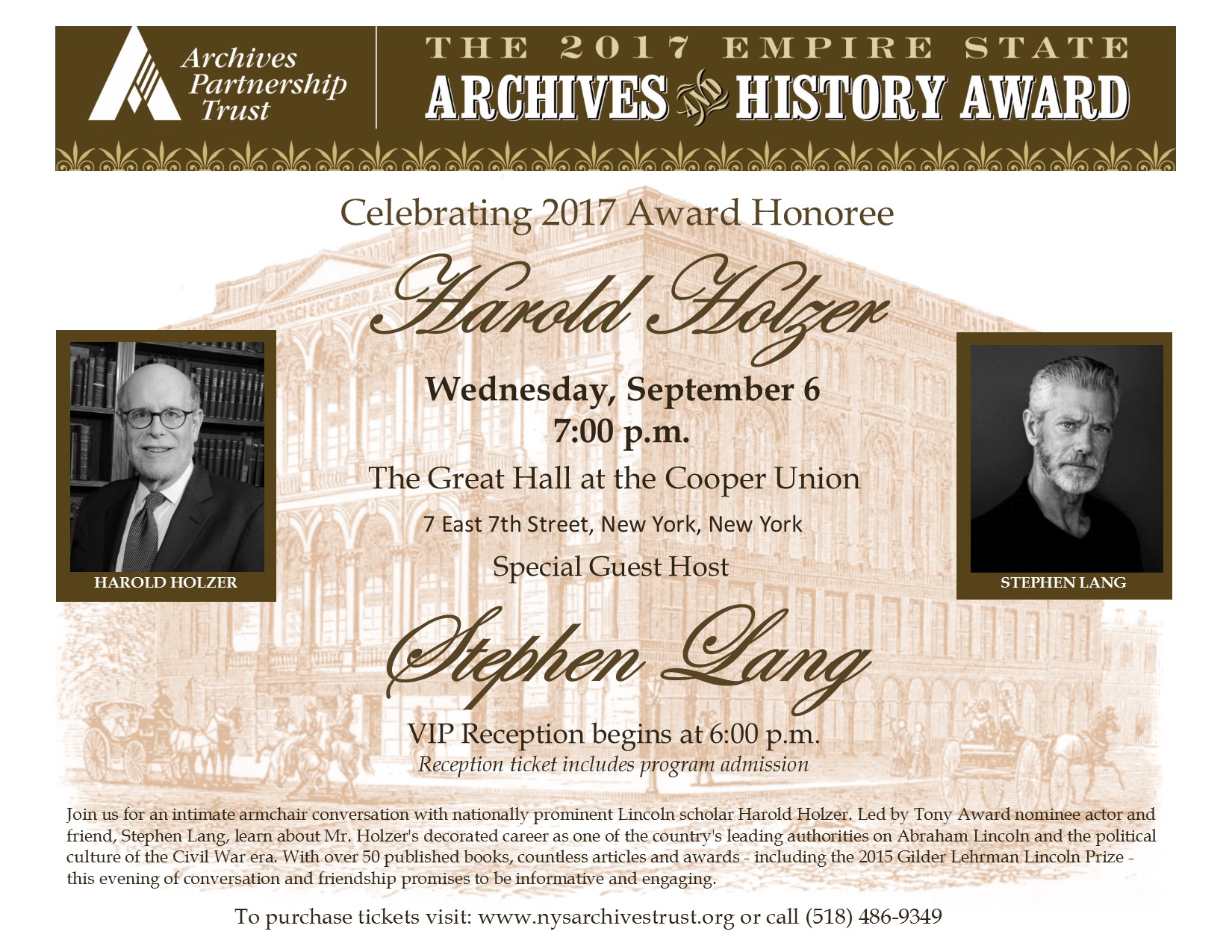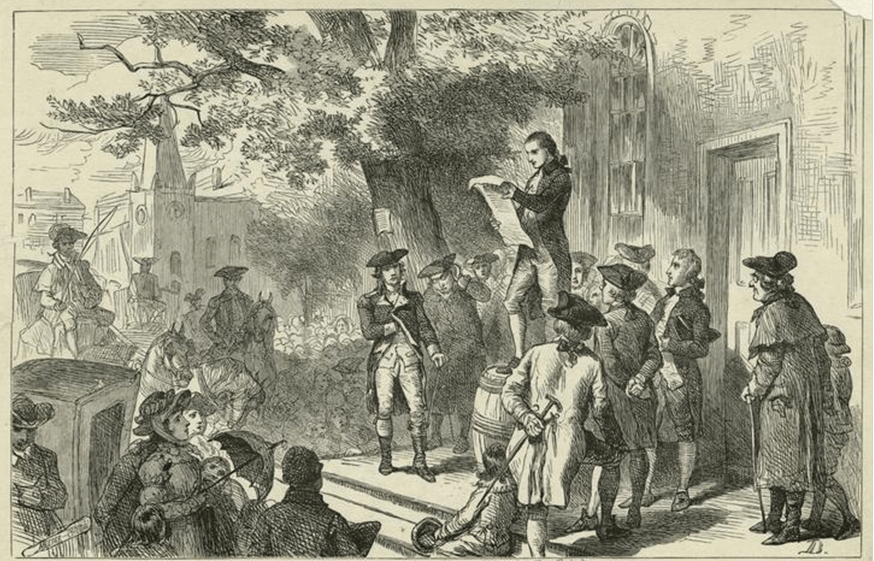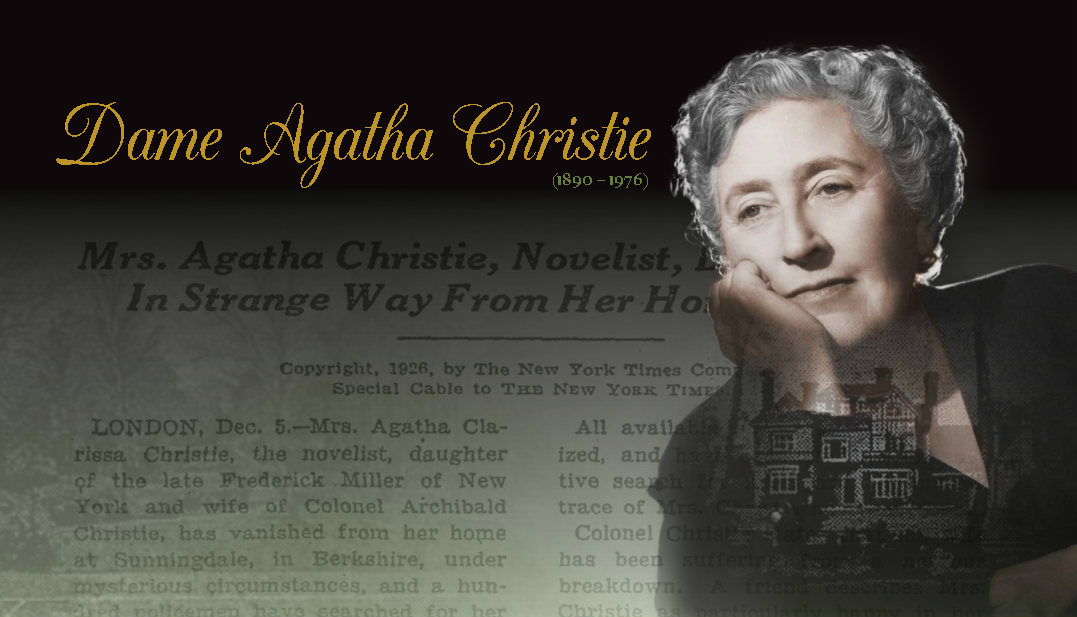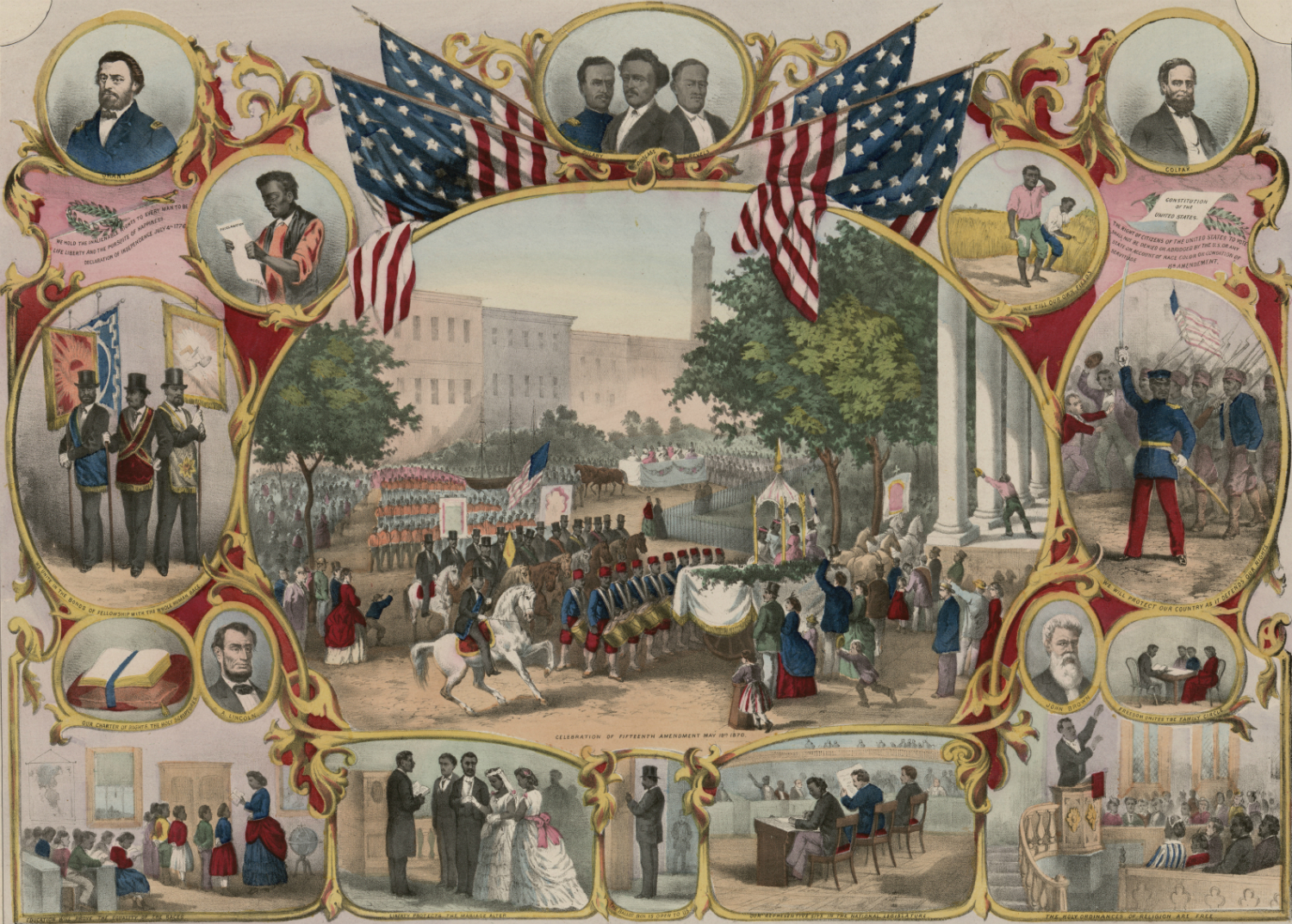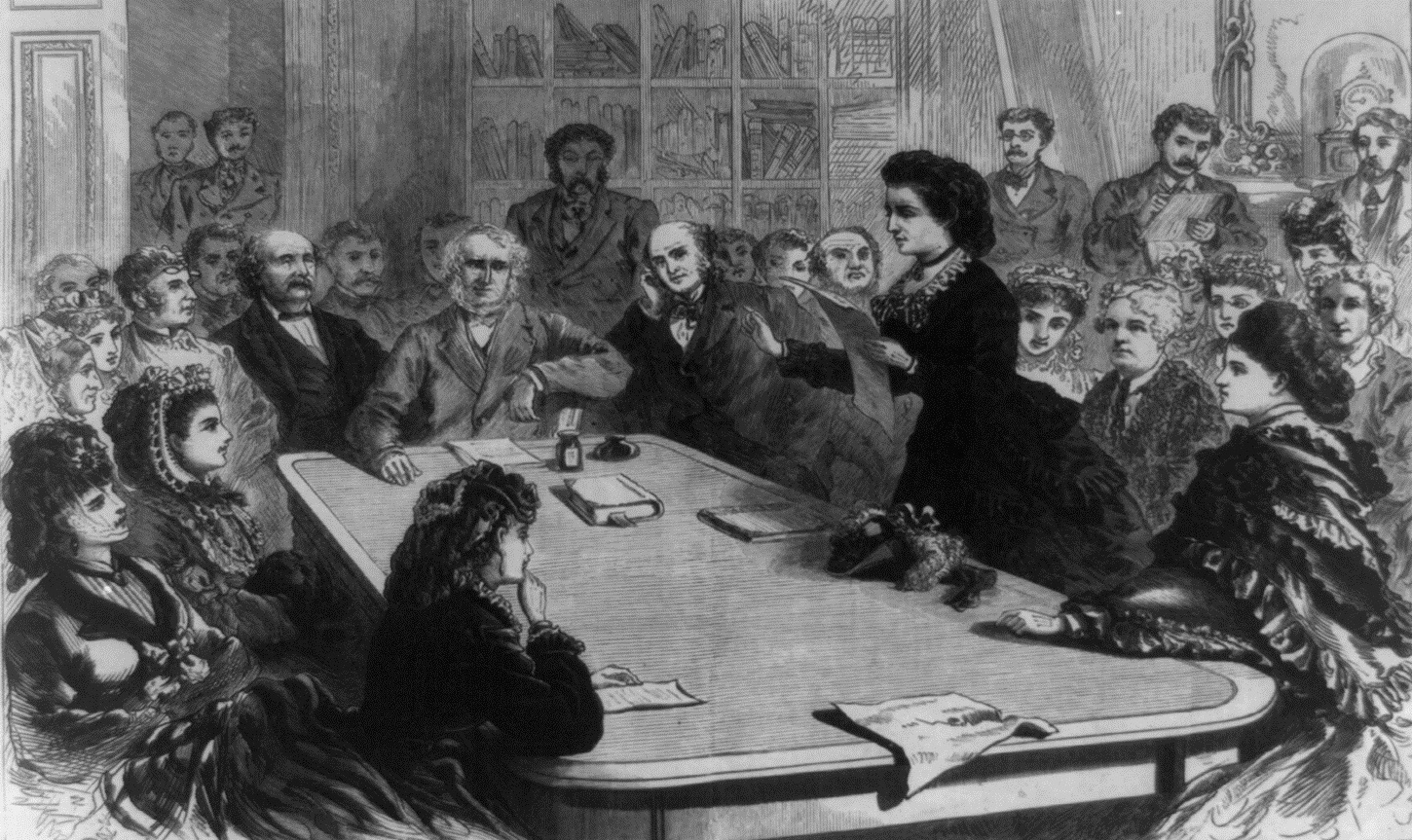The 2017-2018 cycle of the David A. Garfinkel Essay Scholarship has begun, and we’re bringing some changes to the competition! After 11 years, the Society has made the difficult decision to restructure elements of the Garfinkel Essay Scholarship, but keep some the same!
A Society Trustee developed the resources for the previous 10 cycles and decided to take a step back to let a new person manage the preparation of Scholarship materials. She has even written an article about the importance of the Scholarship for our blog. This led to the creation of the Historical Society of New York Courts Fellowship. The Fellow’s duties include developing the topic and questions, preparing materials for the Scholarship website, and conducting teacher and student workshops.
Luckily, we were able to find the perfect person for our first Society Fellow: Christine Mooney, Esq.! Christine is an attorney and Associate Professor in the CUNY Community College system. She has written for our blog before about the impact of the Scholarship on not only her students but also her professional work (Read more here). As someone deeply invested in the success of the Garfinkel Essay Scholarship, Professor Mooney developed this year’s topic: Stolen Art: From the Holocaust to the Present – Role of the Courts in Restoring Cultural Objects to Their Rightful Owners. Christine truly understands how to integrate the Scholarship into course curriculum and connect the Scholarship’s topic to a variety of disciplines while still relating to the rich legal history of New York State. All resources are now available on the Garfinkel Scholarship section of our website.

